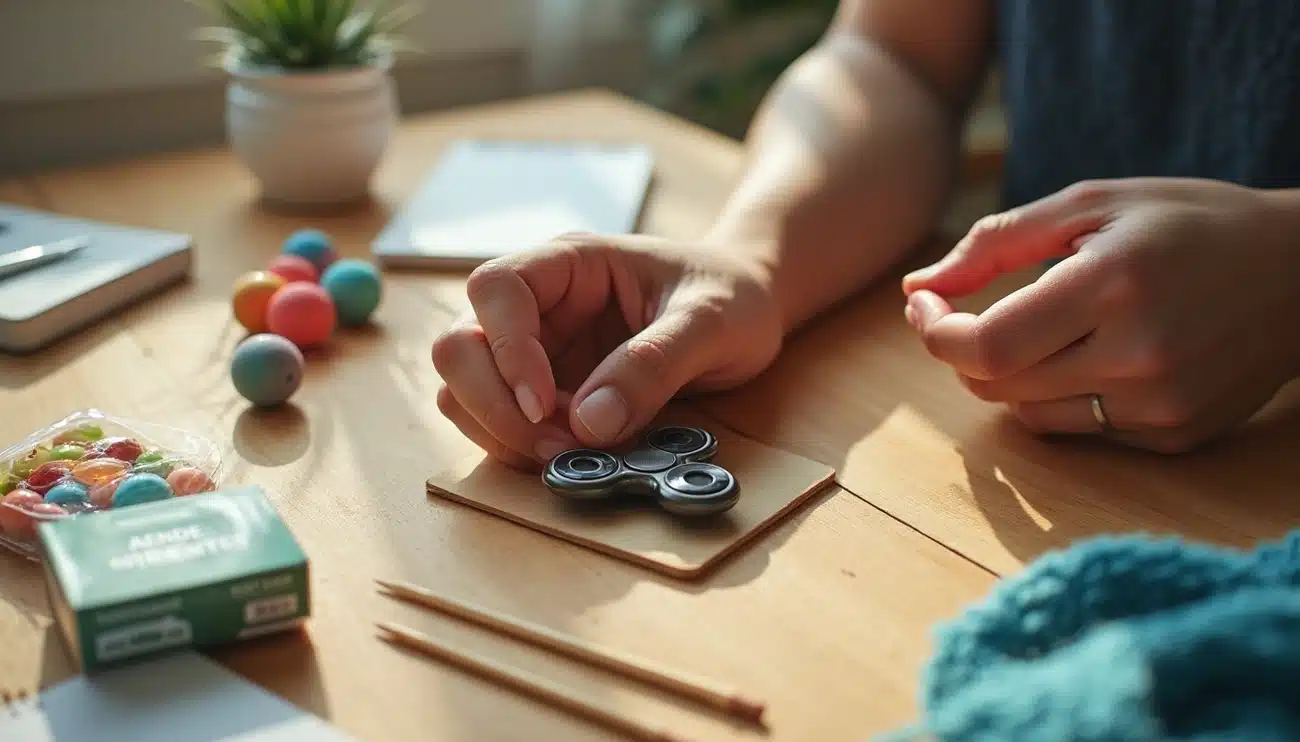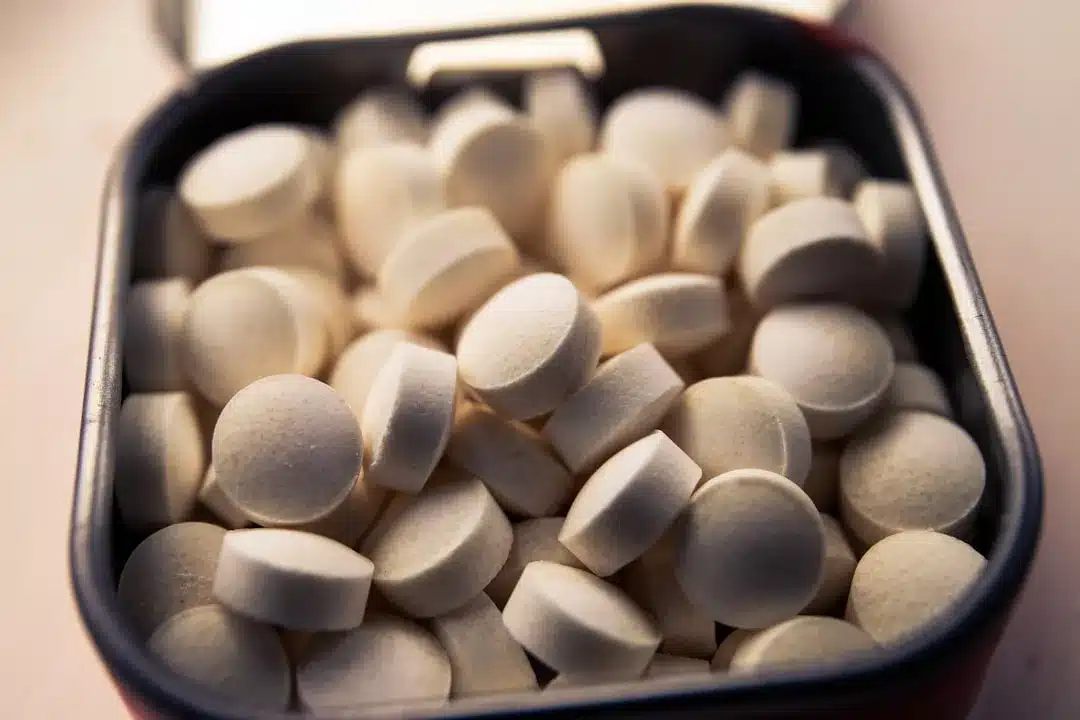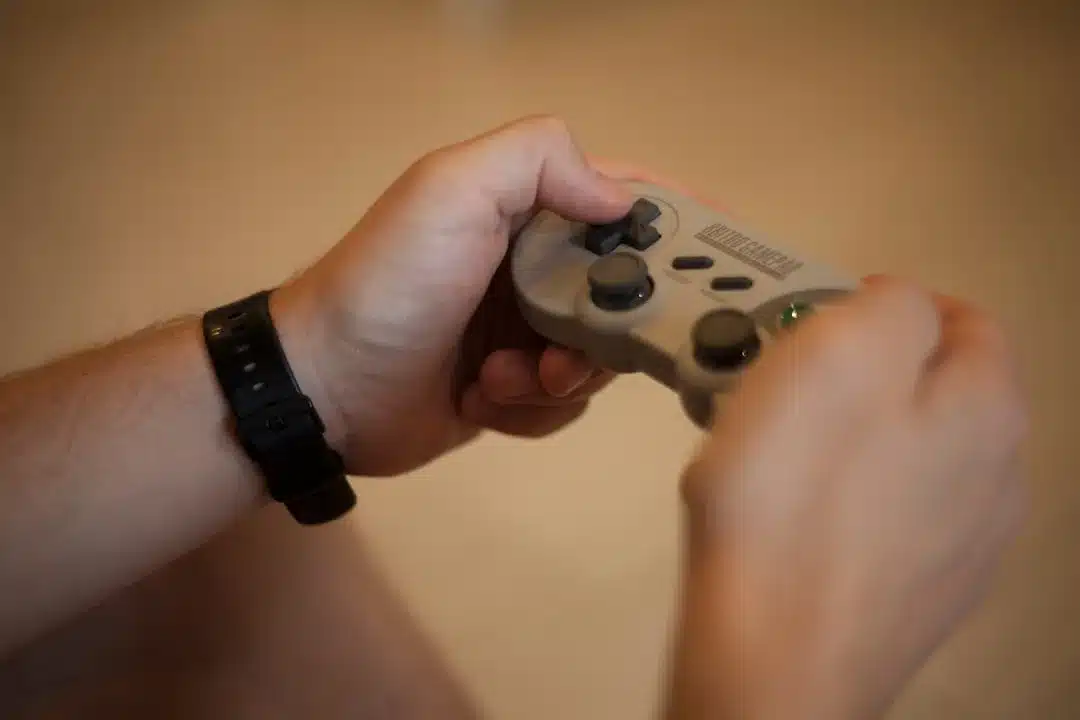
Nearly half of young nicotine users plan to quit in 2025. Many people breaking free from nicotine dependence face a real challenge: what to do with your hands when you quit vaping.
The physical dependency is due to nicotine dependency. Vaping creates strong hand-to-mouth habits that spark cravings. This goes beyond simple nicotine addiction and creates behaviour patterns that need attention. The good news is that many alternatives to vaping target this oral fixation. Your chances of success increase substantially when you find the right replacement, from fidget toys to creative hobbies, to mobile apps.
Brief exercise sessions cut down cravings for up to 50 minutes. On top of that, it works well to use tactile distractions during peak craving times, which last about 10-15 minutes. These strategies are the foundations of a complete plan to help you quit vaping.
In this piece, you'll discover practical ways to keep your hands busy. You'll learn how to handle the physical side of vaping withdrawal and build habits that support your trip to becoming vape-free.
Why Your Hands Feel Restless After Quitting
People who quit vaping experience a physical discomfort that they find hard to express. Their restlessness comes from habits deeply rooted in their daily life, beyond just nicotine addiction.
Understanding the hand-to-mouth habit
The physical act of vaping becomes part of your daily routine - lifting the device to your lips, breathing in, and breathing out. The hand-to-mouth ritual is one of vaping's most addictive parts.
This repeated motion creates a strong behaviour pattern that your brain links to pleasure and stress relief. Physical movements like hand motions are vital to satisfaction and help reduce cravings, even without nicotine. Research participants who could hold a nicotine-free e-cigarette felt their cravings drop by a lot compared to those who couldn't use their hands with the device.
How muscle memory triggers cravings
Most former vapers say they used their device without thinking - it became such a natural part of their daily routine.
Your hands feel restless after quitting because your brain has built connections between certain situations, feelings, or times of day and that hand-to-mouth motion. These triggers then activate your muscle memory, making you want to reach for a vape that's not there anymore.
Vapers typically carry their devices everywhere, using them before work, after school, in between breaks, especially right after meals and right before sleep. This constant handling builds strong muscle memories that stick around long after quitting. Your hands feel especially restless during these familiar times.
Knowing how these mechanisms work helps explain why finding something else to do with your hands is everything in successfully quitting vaping.

Simple Tools That Replace the Vape
Simple tools can help reduce your vape withdrawal discomfort by a lot. These tools help you deal with both physical cravings and the mental part of vaping.
Chewing gum and mints to satisfy oral cravings
A lot of people struggle more with keeping their mouth busy than with nicotine withdrawal. Sugar-free gum works great as a replacement.
You can try nicotine gum if you need nicotine. It comes in two strengths (2mg and 4mg) based on how much you vape now. Nicotine gum needs a special technique - chew until you feel tingling, then tuck it between your cheek and gums so the nicotine gets absorbed.
Sugar-free mints, hard candies, and lollipops also keep your mouth busy without adding extra calories or hurting your teeth.
Fidget toys that feel like your vape
These toys help break old hand habits by giving them something else to do. Here's what you can try:
- Fidget cubes you can click, flip, and roll just like a vape
- Stress balls that help during strong cravings
- Small fidget spinners you can use without drawing attention
- Thin fidget sticks that feel as with vape pens
- Worry stones that give you something to touch
These items keep your hands busy during the worst cravings (usually 10-15 minutes) and teach them new patterns.
Toothpicks and straws as easy alternatives
Flavoured toothpicks might seem basic but they work really well. You can get them in flavours like cinnamon, mint, and tea tree oil. They taste nice, cost little, fit in your pocket, and nobody really notices them. Putting a toothpick between your lips feels a lot like holding your vape.
You can cut drinking straws to match your vape's length. This lets you make that same hand-to-mouth motion you're used to. Just grab a straw whenever you get a craving, move it like you would your vape, and take some water through it. You can even chew the empty straw after to keep both your hands and mouth busy.

Activities That Keep Your Hands Engaged
Your entire body can help curb vaping urges more effectively than basic substitution tools. Active strategies distract you and provide physiological benefits that help overcome cravings.
Quick physical movements to break the urge
Physical activity helps crush cravings by distracting you and boosting your brain's mood-enhancing chemicals. These movements don't need to be complicated:
- Take a brisk walk around the block or climb stairs
- Complete a quick set of push-ups or jumping jacks
- Dance vigorously to a favourite song
- Run in place for 30 seconds after brushing teeth
- Try stretching exercises or basic yoga poses
Movement matters more than intensity. Light activity can redirect your mind from cravings and reduce anxiety through endorphin release.
Creative hobbies like drawing or knitting
Creative activities keep both your mind and hands busy, which helps replace the vaping habit. Here are some alternatives:
Reading grabs your full attention and makes it harder to reach for a vape. Short stories and self-help books work especially well for distraction. A small sketchpad and coloured pencils give you a portable creative outlet. Mobile apps like Autodesk SketchBook offer digital options. Knitting, crocheting, or learning magic tricks shift your focus toward productive activities.
Using snacks to satisfy hand and mouth cravings
Quitting vaping creates natural cravings for something in your mouth. Some healthier options include:
Raw vegetables like carrots, celery sticks, and bell peppers give you a satisfying crunch without extra calories. Fresh fruits, nuts, and seeds keep both hands and mouth occupied. Popcorn makes an excellent whole-grain snack that satisfies without adding many calories. Sunflower seeds need focus to eat, making them particularly useful.
Pack strategic snacks based on your typical vaping triggers (stress, boredom, after meals) and place them where you usually vape - car, desk drawer, or bedside table.

Building a Long-Term Plan to Stay Vape-Free
Breaking free from vaping needs a game plan that goes beyond your first days of quitting. A well-laid-out strategy will boost your chances of staying vape-free and help you deal with that nagging hand-to-mouth habit.
Setting up a quit kit with hand tools
A dedicated quit kit is the quickest way to handle unexpected cravings. Your kit should have:
- Sugar-free gum or mints to satisfy oral cravings
- Fidget toys to keep your hands busy
- Toothpicks or straws to fix that mouth habit
- Healthy snacks to manage sudden hunger
- Support services' phone numbers and contacts
Keep your kit in places where you usually get vaping urges - your car, desk drawer, or next to your bed. You should have these tools ready whenever cravings hit.
Using apps to track hand-based habits
Digital tools are a great way to get insights about breaking hand habits.
Having your own app ready to go on your phone in your pocket you can be a very useful aid at times of high cravings, needing distraction techniques.
At Vape Escape, we are building our own app with that exactly in mind. We will also be incorporating a game to play within the app so that you won't just have lots of craving management advice, but an interactive game to play! Dodge the Foge, created by Scottish children as a way to help as a distraction technique is a strong contender we are in discussions with.
Celebrating milestones with non-vape rewards
Recognising your wins makes positive behaviour stronger and helps you resist stress and cravings better. You deserve a big congratulations for even making it through the first few days.
The money you save from not vaping can turn into great rewards. You could download new music, enjoy your favourite meal, or buy something special after hitting big milestones. These celebrations remind you how far you've come.
Physical activities make excellent rewards too - take a nature walk, try a new sport, or just enjoy doing things with better breathing. Linking your celebrations to better health creates a powerful positive loop.
Conclusion
Breaking free from vaping comes with its own set of challenges beyond just dealing with nicotine withdrawal. The physical habit of raising your hand to your mouth can be just as hard to beat as the chemical addiction. You need to understand this physical aspect first to quit successfully. Using the right-hand substitutes will boost your chances of staying vape-free by a lot.
Basic items like sugar-free gum, fidget toys, and flavoured toothpicks help you get through those intense craving moments. These options work great because they target both touch and oral needs of vaping dependency. Quick exercise sessions, creative projects, and healthy snacks are a great way to get your mind off cravings while your body learns new patterns.
Your long-term success depends on good planning. A ready-to-go quit kit, helpful apps, and rewards for hitting milestones build a strong foundation for lasting change. People who take this well-laid-out approach handle unexpected triggers or stress much better without going back to vaping.
Build your own kit, and make it personal to you. With it, and us, by your side, you're onto a winner.